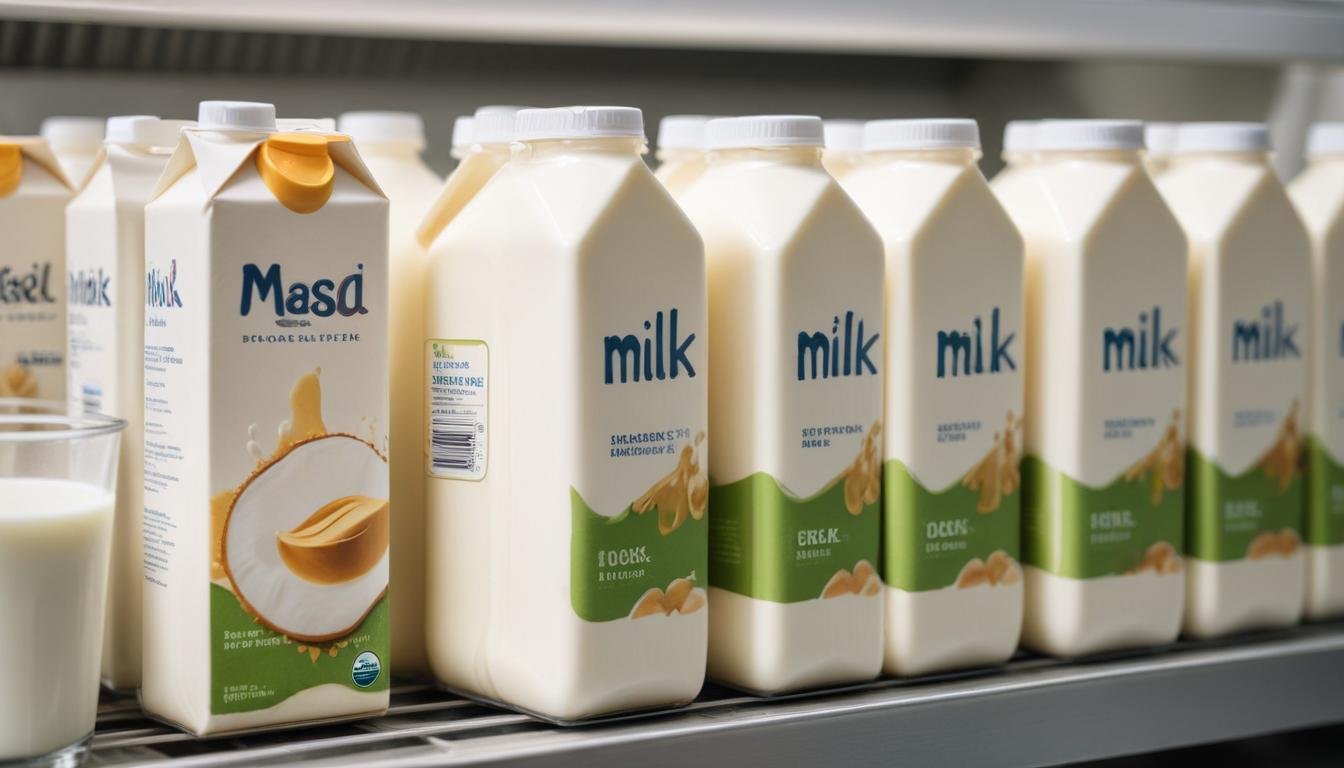Analogue dairy products have become increasingly popular in recent years, driven by the growing demand for plant-based and vegan alternatives. These products are designed to mimic the taste, texture, and functionality of traditional dairy products but are made from non-dairy sources such as coconut, soy, almonds, and oat. In this article, we will explore the definition and regulations surrounding analogue dairy products, as well as the market trends and growth in this sector.
Definition of Analogues – An analogue in the dairy context refers to a product where constituents not derived from milk take the place, in part or in whole, of any milk constituent(s) and the final product resembles, organoleptically and/or functionally, milk or milk product or composite milk product as defined in the regulations. This definition encompasses a wide range of products that mimic the characteristics of dairy products but are made from non-dairy sources.
Classification of Analogues
Analogue products can be broadly classified into two categories:
- Composite Milk Products: These are products where dairy is an essential part in terms of quantity, but they also contain non-dairy ingredients. Examples include Yoghurt with fruits, ice cream with fruits, and flavoured fermented milks.
- Non-Composite Milk Products: These are products where dairy is not an essential part in terms of quantity and are made entirely from non-dairy sources. Examples include plant-based cheese, plant-based milk, and plant-based yogurt.
Use of Dairy Terms
The use of dairy terms in the nomenclature of analogue products is strictly regulated. Dairy terms, such as “milk,” “cream,” “cheese,” and “yogurt,” are reserved for products that are made from milk and milk products. Analogues cannot use these terms, and instead, must use descriptive terms that accurately reflect their composition. Analogues must be labeled with a declaration stating that they are not dairy products. This declaration is intended to ensure that consumers are aware of the difference between dairy and non-dairy products and to prevent confusion.
Market Trends and Growth
The market for analogues is growing rapidly, driven by increasing consumer demand for plant-based and vegan products. The global dairy analogues market is expected to grow from $22 billion in 2022 to $31 billion in 2027 at a compound annual growth rate (CAGR) of 8%. This growth is fueled by the launch of new products such as plant-based creams and creamers, as well as the expansion of distribution channels to reach a wider consumer base.
Key Sources of Dairy Analogues
The most popular sources for dairy analogues include coconut, soy, almonds, and oat. These sources are used to create a variety of products such as plant-based cheese, plant-based milk, and plant-based yogurt. The use of cereal-based, legume-based, nut-based, seed-based, and pseudo-cereal-based sources is also increasing, offering a diverse range of options for consumers.
Challenges and Opportunities
While the growth of the analogue market presents opportunities for innovation and expansion, it also poses challenges for manufacturers. One of the main challenges is to produce products that mimic the taste and texture of traditional dairy products. Manufacturers must also ensure that their products meet the regulatory requirements and are labeled accurately to avoid confusion among consumers.
Conclusion
In conclusion, analogues in the dairy context are products that mimic the characteristics of dairy products but are made from non-dairy sources. The regulatory framework governing analogues is designed to ensure that consumers are aware of the difference between dairy and non-dairy products and to prevent confusion. The market for analogues is growing rapidly, driven by increasing consumer demand for plant-based and vegan products. As the market continues to evolve, manufacturers must adapt to the changing landscape and ensure that their products meet the regulatory requirements and consumer preferences.

